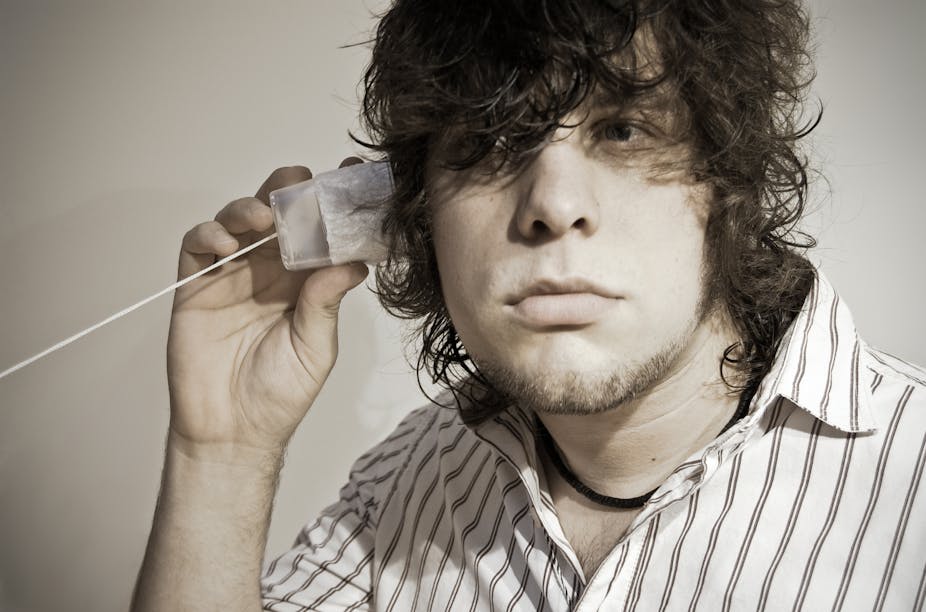In the age of listicles, the life of a science journalist gets harder and harder. Explaining research clearly and accurately while holding onto readers’ attention has never been easy. Doing so when there is a BuzzFeed quiz in the next tab can seem almost impossible.
So if you can’t beat them, should you join them? The temptation to sex up science articles with attention-grabbing gimmicks has never been greater. On the face of it, it even looks like a good idea: flashy GIFs break up blocks of text, add flavour and humour, and keep the reader reading. But what does science have to say about this tactic?
Journalists are not the first group of professional communicators to give in to the siren song of shiny graphics. Teachers and other educators have tried to spice up dry lectures with all sorts of flashy tactics over the years. During my own education, I have seen colleagues fight biomedical rap battles and had chemically-propelled soda bottles launched at my head.
Educational psychologists have a term for this: “seductive detail”.
Seductive detail is information included in an educational course to make it more interesting, but which is not actually relevant to the educational goal. Seductive details are intended to keep students interested and motivated, and thereby increase their interest in and engagement with the course material.
It is an apt term – any educator, journalist, or other professional communicator should keenly feel their responsibility not to bore their audience. We want our readers and students to enjoy hearing what we have to tell them, and journalists in particular have to compete with all kinds of attention-grabbing competitors. The thought of adding some entertainment and humour to our articles is seductive indeed.
This can range from the blatantly silly to the surprisingly subtle: the lecturer who fired a bottle of soda at my head to illustrate the finer points of acid-base reactions almost certainly included seductive details in her course.
Over the past few decades psychologists have built a considerable body of evidence showing that seductive detail is quite simply bad news. Research stretching back to the 1980s has consistently shown that the inclusion of seductive detail in educational courses adversely affects educational outcomes.
Including seductive details reduces the ability of students to learn and retain relevant educational material. Worse still, it negatively affects their ability to focus on and understand the material in the first place. Seductive details grab the interest of students – but it distracts them from the educational material.
While this research concerns students in academic settings, it seems directly applicable to communicating science to the public as journalists do. Much of what they do is educational: they translate new research into plain language to educate and enthuse the public. In this respect, teachers and science journalists are not so different, and they can learn from the science of education.
Including attention-grabbing but irrelevant details is bad practice in education, and it stands to reason that it won’t work for science journalists either if our goal is to inform the readers.
With that in mind, let us have more confidence in the strength of our writing. The article that prompted this anti-GIF tirade is well written, and doesn’t need irrelevant GIFs to make it engaging.

